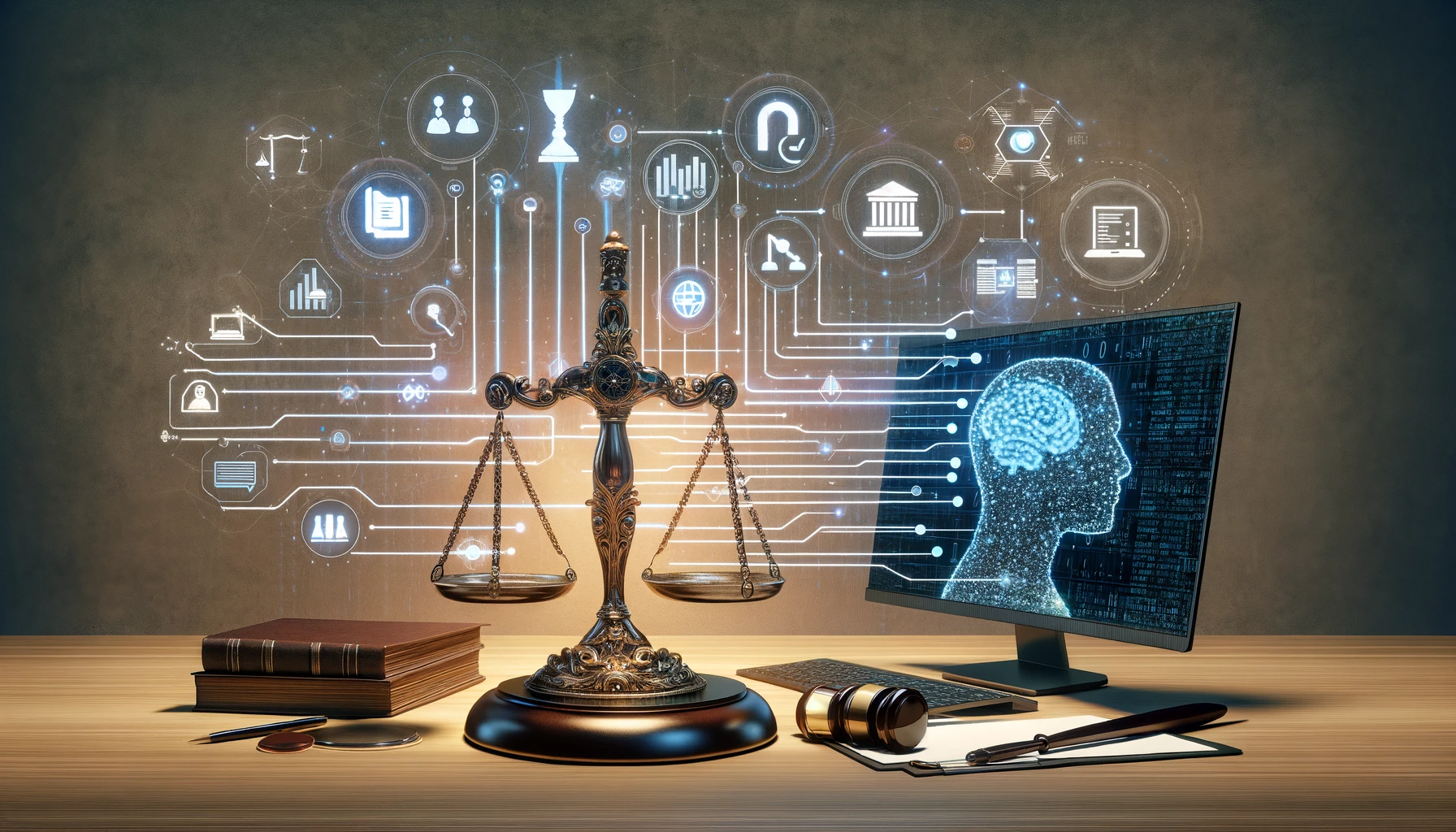
Unlocking the Power of AI in Family Law: Why ChatGPT?
In today’s rapidly evolving legal landscape, the adoption of artificial intelligence (AI) represents a transformative shift. Within family law, efficiency and precision are paramount, particularly when dealing with the intricate nuances of case law. The ability to swiftly summarize case law not only saves invaluable time but also ensures that each case receives appropriate and thorough consideration. Enter ChatGPT—an AI tool poised to revolutionize how family law practitioners handle case law summarization.
ChatGPT leverages advanced language models to generate concise and coherent summaries, thereby enhancing the efficiency and accuracy of legal research. By incorporating such technology, legal professionals can optimize their workflow, allowing them to focus on more strategic aspects of their cases. This innovation is not just a timesaver; it represents a significant step forward in ensuring justice and fairness in family law.
Next, we’ll explore how to set up ChatGPT for optimal legal analysis.
Setting Up for Success: Preparing ChatGPT for Legal Analysis
Embarking on the journey of integrating ChatGPT into your legal practice requires careful preparation. Begin by setting up the tool, ensuring you have access to a reliable platform that supports ChatGPT. It’s crucial to understand the limitations of AI—while it can assist in summarization, it cannot replace the nuanced judgment of experienced legal professionals.
Key considerations include the importance of prompt engineering—crafting specific and clear prompts to guide ChatGPT’s outputs. Familiarizing yourself with the behavior of large language models (LLMs) will help you navigate potential pitfalls and maximize the tool’s efficacy.
Next, we delve into the art and science of crafting the perfect prompt.
Also read:
Crafting the Perfect Prompt: The Art and Science
Creating effective prompts is both an art and a science. To illustrate, consider these examples of prompts for ChatGPT:
- Effective: “Summarize the key points of Smith v. Jones, 2020, focusing on child custody and support.”
- Ineffective: “Tell me about Smith v. Jones.”
The former provides specific guidance, while the latter is too vague, leading to potentially incomplete or irrelevant responses. Employing nuanced techniques can further refine your results. For instance, specifying the legal terminology and context within your prompts can significantly enhance accuracy.
- Example:
- “Analyze the court’s reasoning in Smith v. Jones regarding the application of the best interest standard in child custody determinations.”
By clearly articulating the required focus areas and utilizing precise legal terminology, you guide ChatGPT to produce more relevant and insightful summaries. This precision is especially critical in family law, where case outcomes can significantly impact clients’ lives.
Now, let’s explore practical techniques for summarizing case law with finesse.
Also read:
Practical Techniques: Summarizing Case Law with Finesse
Effectively summarizing case law with ChatGPT involves a structured approach. Follow these steps to input case details and structure your prompts:
-
Input Case Details: Begin by providing essential information:
- Case name and citation
- Key issues and legal questions
- Relevant statutes or legal principles
-
Structuring Prompts:
- For child custody cases: “Summarize the court’s reasoning in deciding child custody in Smith v. Jones, with a focus on the best interest standard.”
- For divorce settlements: “Detail the division of assets in Brown v. Brown, 2019, emphasizing the court’s rationale.”
-
Analyze and Refine Outputs: Once ChatGPT generates a summary, critically evaluate its accuracy and relevance. Refine your prompts if necessary to elicit more precise information. For example:
- “Identify any precedents cited in the court’s decision on spousal support in Doe v. Doe.”
By following these techniques, you can ensure that ChatGPT’s outputs are not only accurate but also tailored to the specific needs of your case.
In the next section, we look beyond summarization to contextual analysis and insights.
Also read:
Beyond Summarization: Contextual Analysis and Insights
ChatGPT’s capabilities extend beyond mere summarization. It can be a powerful tool for comparative analysis, extracting key arguments, and identifying precedents. This functionality is particularly useful in drafting motions and briefs, where understanding the broader legal context is crucial.
- Comparative Analysis: Use ChatGPT to compare rulings across similar cases.
- Key Arguments: Extract and highlight the primary legal arguments presented.
- Precedents: Identify precedents that may influence your current case.
These applications allow for a deeper, more comprehensive understanding of case law, ultimately enhancing your legal strategy.
Next, we’ll discuss advanced strategies for specialized tasks.
Also read:
Advanced Strategies: Leveraging LLMs for Specialized Tasks
Beyond basic summarization, ChatGPT can assist with specialized tasks such as fact-checking and consistency checks. Integrating its outputs with other legal research tools can further enhance your workflow.
- Fact-Checking: Verify the accuracy of facts and citations in your documents.
- Consistency Checks: Ensure that legal arguments and citations are consistent throughout.
These advanced strategies can significantly improve the thoroughness and reliability of your legal documents.
Also read:
Conclusion: Embracing the Future of Legal Practice
In summary, the integration of AI, specifically ChatGPT, into family law practice offers significant benefits in terms of efficiency and precision. By understanding how to effectively set up and utilize this tool, legal professionals can enhance their practice and better serve their clients.
We encourage you to experiment with and integrate AI tools like ChatGPT, which represent the future of legal practice. As the landscape of family law continues to evolve, staying ahead with innovative technology is not just an advantage—it’s essential for delivering justice effectively.


